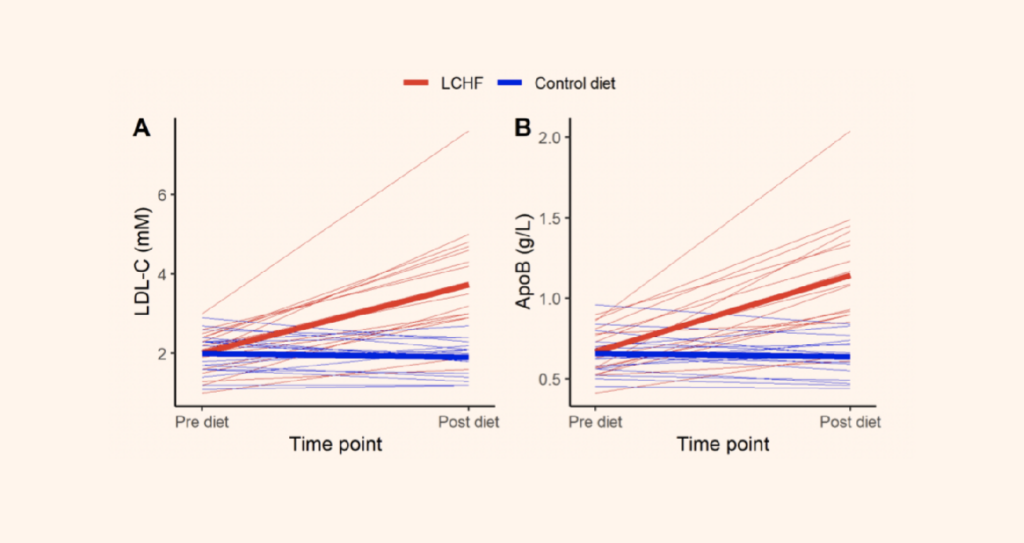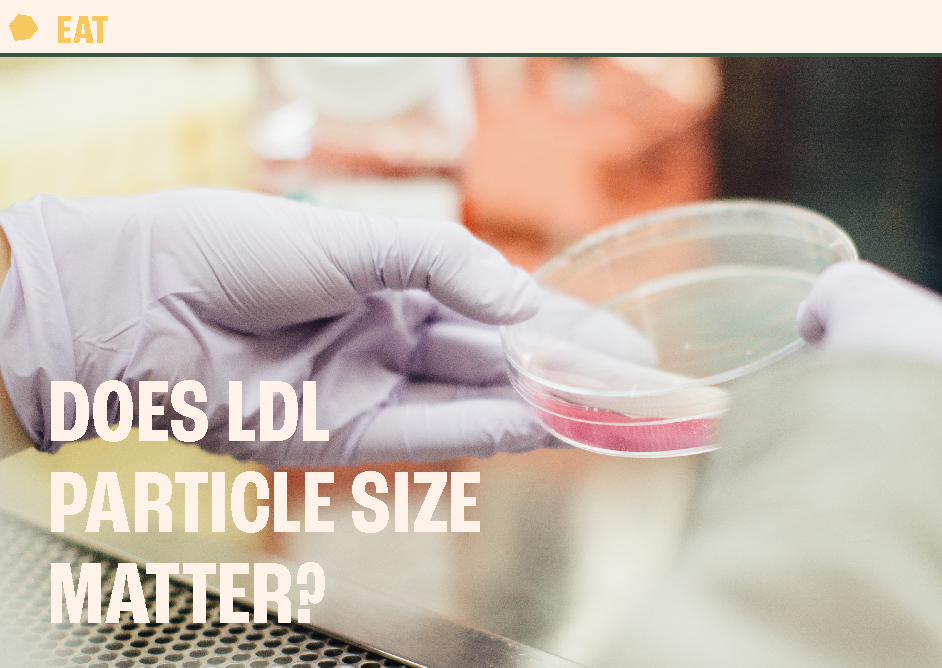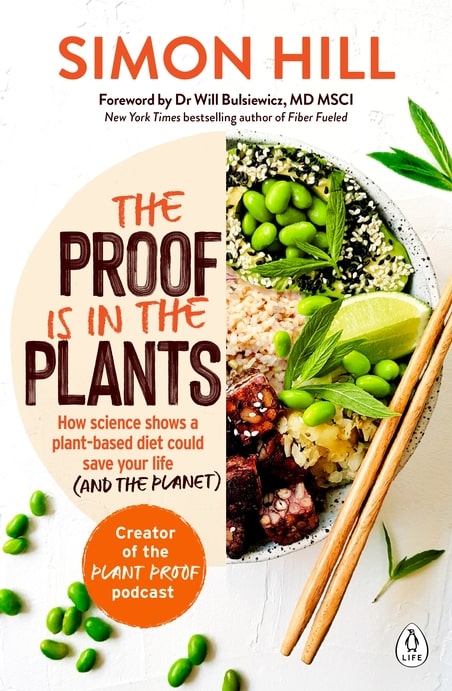“It’s not about the amount of LDL; it’s about the size of LDL.”
Perhaps you’ve heard this claim? The idea here is that if you have large fluffy LDL, it doesn’t matter if your total LDL is high.
It’s currently a very popular argument in some corners of the socials, especially those that promote carnivore, keto, or other high-fat diets. It makes sense that those communities would hold this view as those types of diets clearly increase lipid levels, including LDL. (1)
At one point in time, the debate about the amount vs. size of LDL was ongoing within the cardiology field. It’s a view I actually held myself. But as science progresses, we have to update our views, and there is substantial, time-tested evidence clarifying the role of LDL in cardiovascular disease.
The amount of LDL does matter. Let me clear this up.
We now know that all LDL particles are equally able to cause atherosclerosis, AKA fatty plaque in the artery wall, whether they are large and fluffy or small and dense LDL particles. (2)
The process of atherosclerosis begins when LDL particles circulating in the bloodstream are absorbed into the wall of the artery. (3) A special protein called apolipoprotein B (ApoB) is present on every LDL particle, regardless of size, and it interacts with an LDL receptor to essentially activate a shuttle allowing it inside the artery wall.
Once LDL is inside the artery wall, its size may determine whether it is retained or removed. And here is where the grain of truth in the claim about total LDL versus the size of LDL comes into play.
It is true that small dense LDL particles are more easily retained in the artery wall. However, because of their small size, they deposit less cholesterol per particle. In contrast, the large fluffy LDL particles, while less easily retained in the artery wall, deposit more cholesterol per particle.
And it’s that last part that people are overlooking. Yes, large fluffy LDL particles are less likely to get stuck in the artery wall, but each time they do, compared to a small particle, they deposit a lot more cholesterol.
The net result is the same for both types of particles. Whether you deposit a lot all at once or a little at a time, you’ll still end up with atherosclerosis.
It doesn’t matter if your LDL particles are small and dense or large and fluffy. What matters is the total number of LDL particles and, more specifically, the total number of ApoB-containing lipoproteins, which includes all forms of LDL. The higher the concentration of ApoB-containing lipoproteins in the bloodstream, the more that will get moved into the artery wall, and ultimately, the more small AND large particles will be retained. (4)
That’s what people need to focus on, yet a section of the online community is set on distorting this because diets rich in animal fats cause levels of both LDL and ApoB to go up. (1) But disregarding high LDL and ApoB is a dangerous gamble, and a robust body of evidence confirms an elevated risk of heart disease under these conditions.

There is an ongoing discussion in the medical community about whether to include ApoB testing as a better cardiovascular risk marker. A 2011 meta-analysis that included over 230,000 subjects found that ApoB was the most potent marker of cardiovascular risk, much better than LDL or total cholesterol. (5) The researchers theorized that treatment aimed at lowering ApoB could prevent as many as 500,000 cardiac events a year among adults in the US.
A more recent 2016 review also found that measuring ApoB provides better cardiac risk prediction than traditional lipid levels. (6)
While it’s yet to be seen if measuring ApoB will become part of preventative medicine screenings, awareness of this potent risk factor is useful in evaluating the healthfulness or harm of a given diet. In this case, carnivore and keto diets that raise ApoB have a clear risk to heart health.
I’ve had the pleasure of talking to many scientists and researchers on this very topic, and I highly recommend checking out those conversations to delve deeper.
Episode #231 with Dr Alan Flanagan and Danny Lennon is perhaps the most in depth.
References:
- Burén, J.; Ericsson, M.; Damasceno, N.R.T.; Sjödin, A. A Ketogenic Low-Carbohydrate High-Fat Diet Increases LDL Cholesterol in Healthy, Young, Normal-Weight Women: A Randomized Controlled Feeding Trial. Nutrients 2021, 13, 814. https://doi.org/10.3390/nu13030814
- Sniderman AD, Thanassoulis G, Glavinovic T, et al. Apolipoprotein B Particles and Cardiovascular Disease: A Narrative Review. JAMA Cardiol. 2019;4(12):1287-1295. doi:10.1001/jamacardio.2019.3780
- Insull W Jr. The pathology of atherosclerosis: plaque development and plaque responses to medical treatment. Am J Med. 2009;122(1 Suppl):S3-S14. doi:10.1016/j.amjmed.2008.10.013
- https://www.ncbi.nlm.nih.gov/books/NBK519561/
- Sniderman AD, Williams K, Contois JH, et al. A meta-analysis of low-density lipoprotein cholesterol, non-high-density lipoprotein cholesterol, and apolipoprotein B as markers of cardiovascular risk. Circ Cardiovasc Qual Outcomes. 2011;4(3):337-345. doi:10.1161/CIRCOUTCOMES.110.959247
- Sandhu PK, Musaad SM, Remaley AT, et al. Lipoprotein Biomarkers and Risk of Cardiovascular Disease: A Laboratory Medicine Best Practices (LMBP) Systematic Review. J Appl Lab Med. 2016;1(2):214-229. doi:10.1373/jalm.2016.021006







